Nvidia's RTX 4080 and 4090 GPUs are amazing performers. They are also amazingly expensive, starting at $1,200 and $1,500 and going way up for cards from partners like MSI, Gigabyte, and Asus. The 4080 is nearly twice as expensive as the original $699 MSRP for the RTX 3080.
These price hikes are caused in part by pandemic-era concerns like supply chain snarls and inflation and partly by a cryptocurrency-fueled boom (now over, blessedly) that encouraged a network of scalpers to snap up every single high-end GPU they could. Also at play was a lack of competition and the increasing cost and complexity of building gigantic, monolithic chips on cutting-edge manufacturing processes. Today, AMD is trying to solve the latter two problems with the launch of its Radeon RX 7900 series GPUs.
At $899 and $999, the RX 7900 XT and RX 7900 XTX are still objectively expensive—but because they're not a further escalation over the starting price of the RX 6900 XT, both cards are what pass for a bargain in today's GPU market. If you're looking for cards that can consistently handle 4K gaming at 60 fps and higher, these GPUs do it for less than Nvidia's latest, and they're good enough and fast enough that they'll hopefully start driving Nvidia's prices down a bit, too.
But Nvidia still retains some key advantages that complicate an easy David-and-Goliath narrative. These GPUs don't quite feel like a Ryzen moment for AMD's graphics division—a turning point where a scrappy AMD manages to make a big dent in the market share of an entrenched, complacent competitor. But if you can actually find them for their starting prices, they're the first sign we've had in a while that some relief is coming for high-end-but-price-conscious PC gamers.
Bigger Navi
The RX 7000 series is the third version of the RDNA GPU architecture, also occasionally referred to as "Navi," after the codenames of the GPU chips themselves. RDNA 3 doesn't add anything that feels as significant as RDNA 2's ray-tracing support, but AMD has added plenty of extra hardware and made important under-the-hood changes.
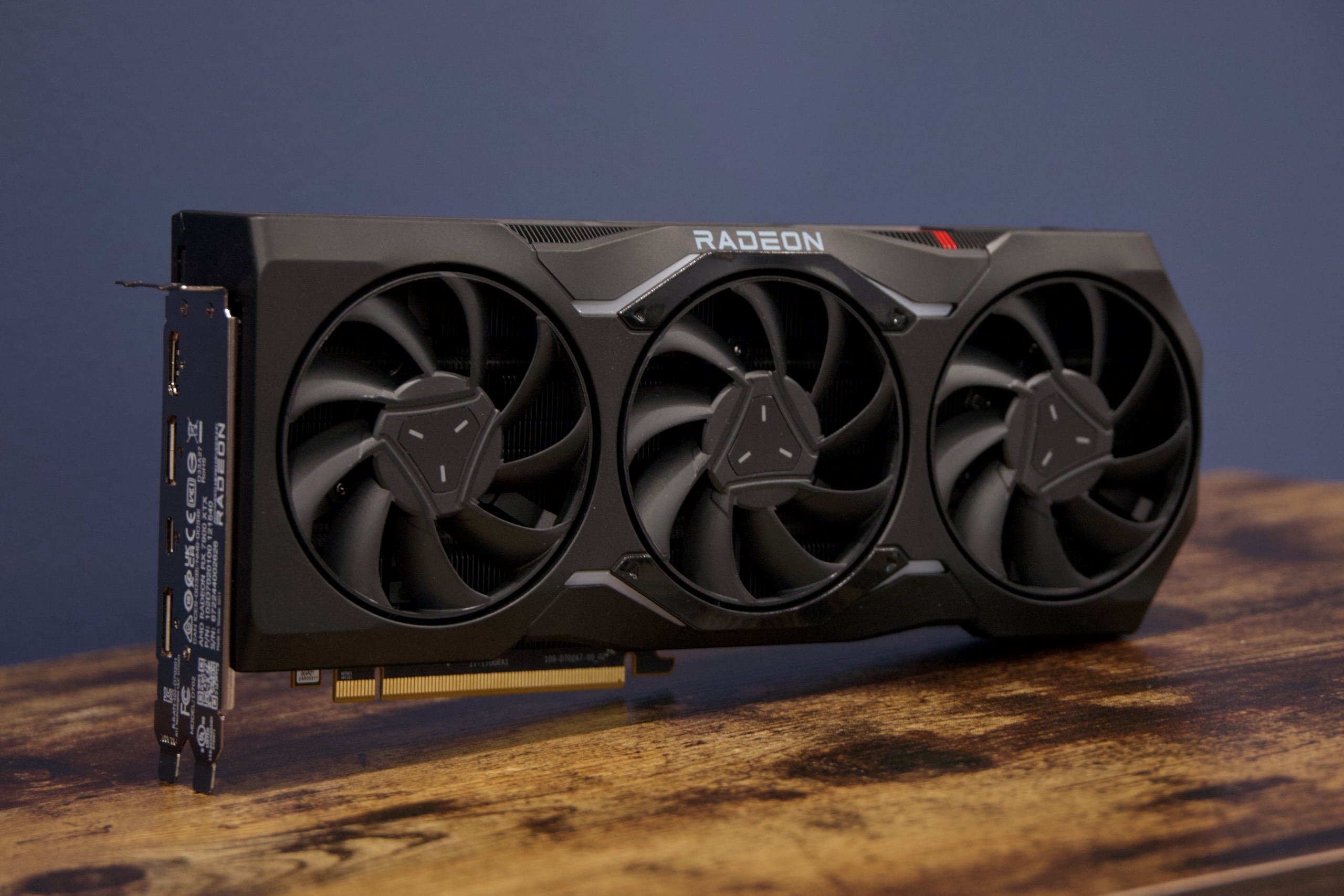
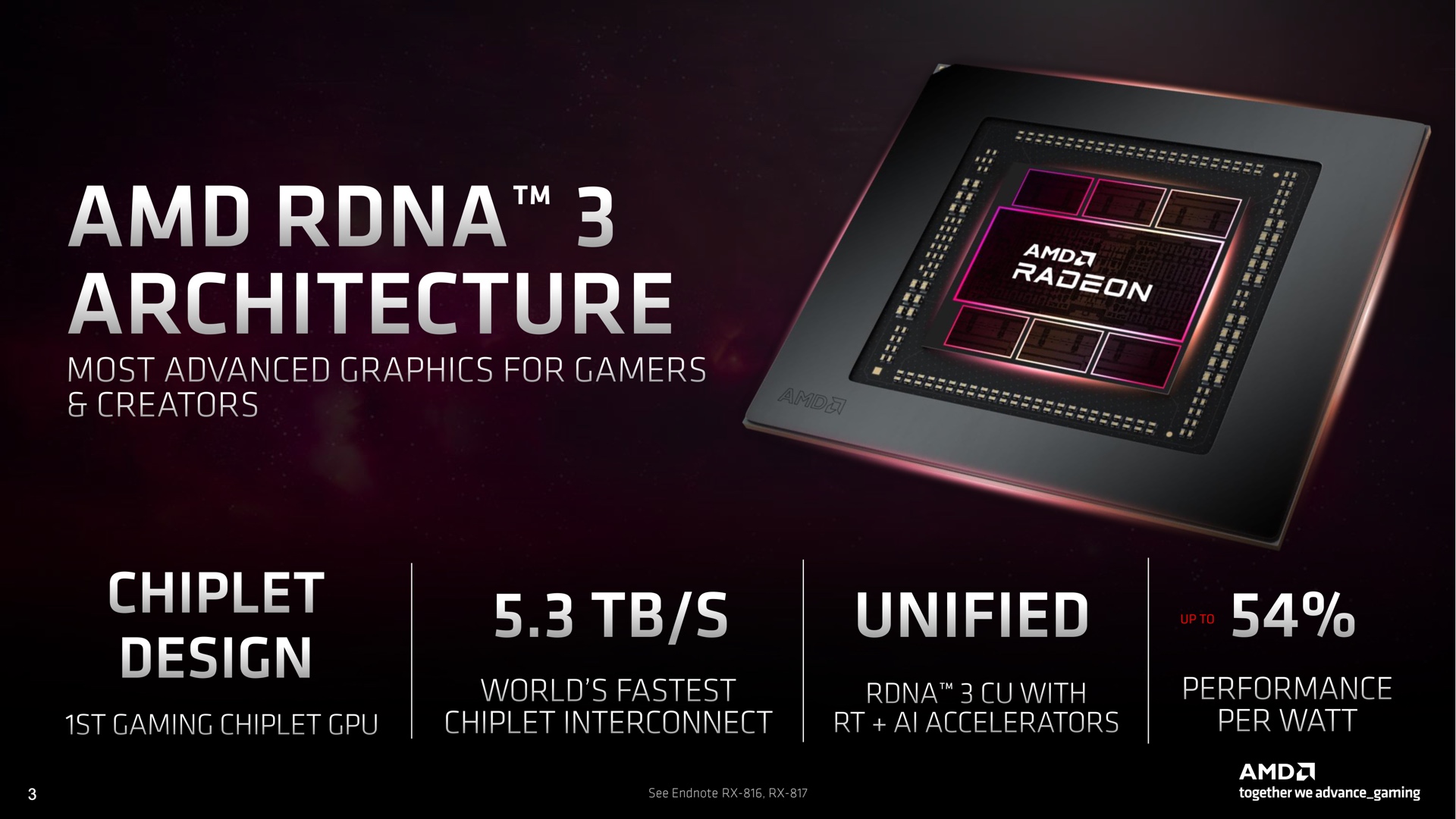
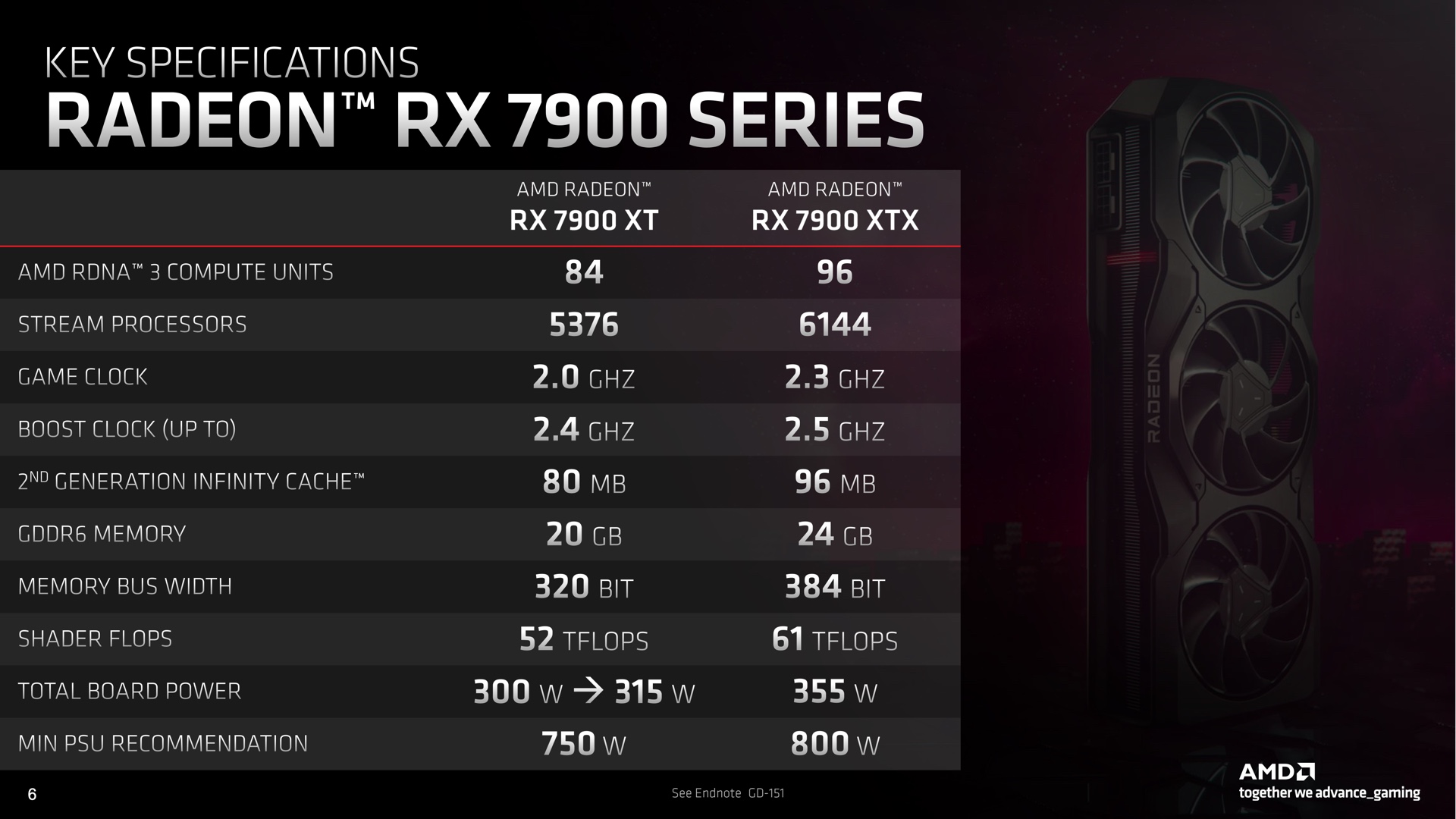

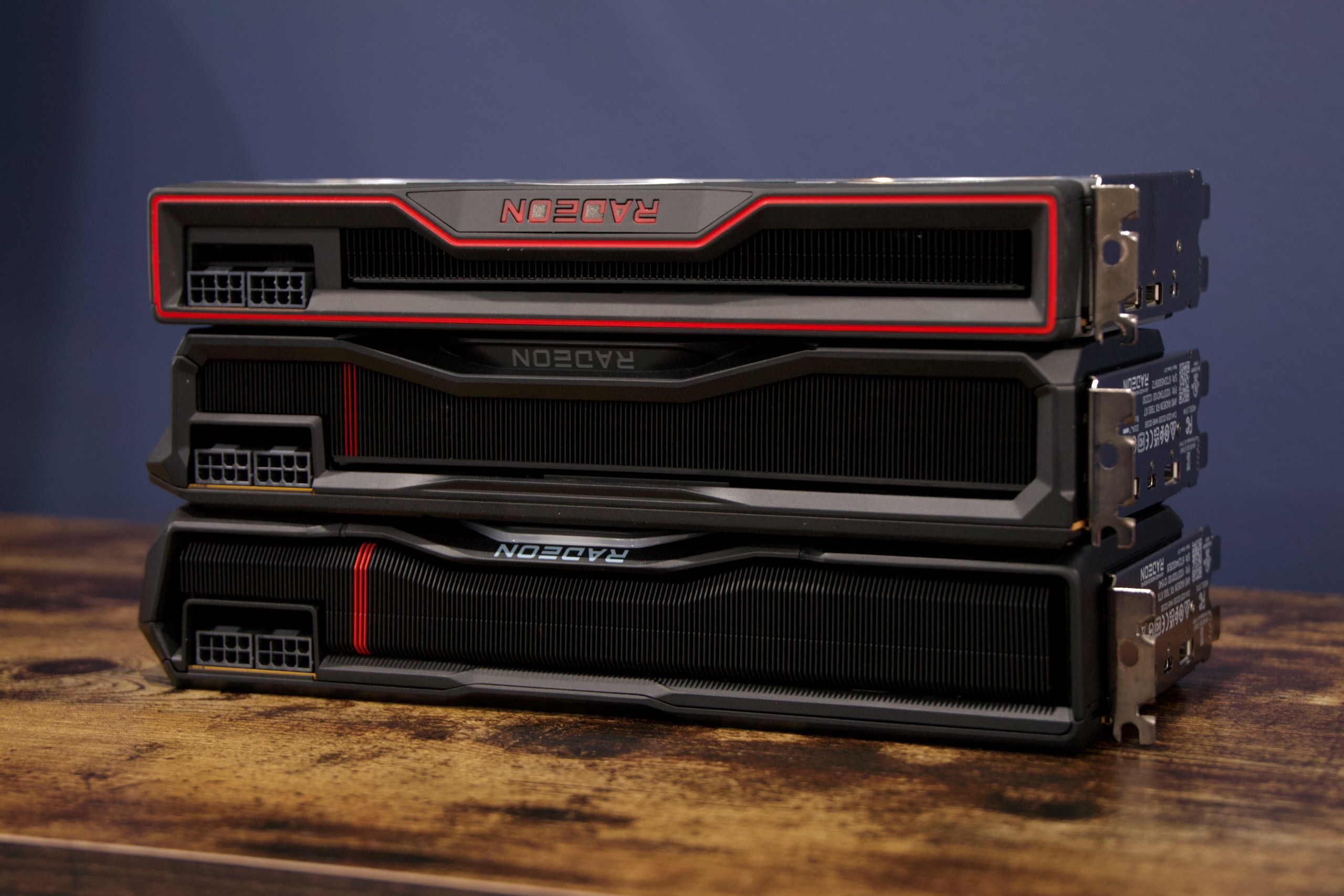
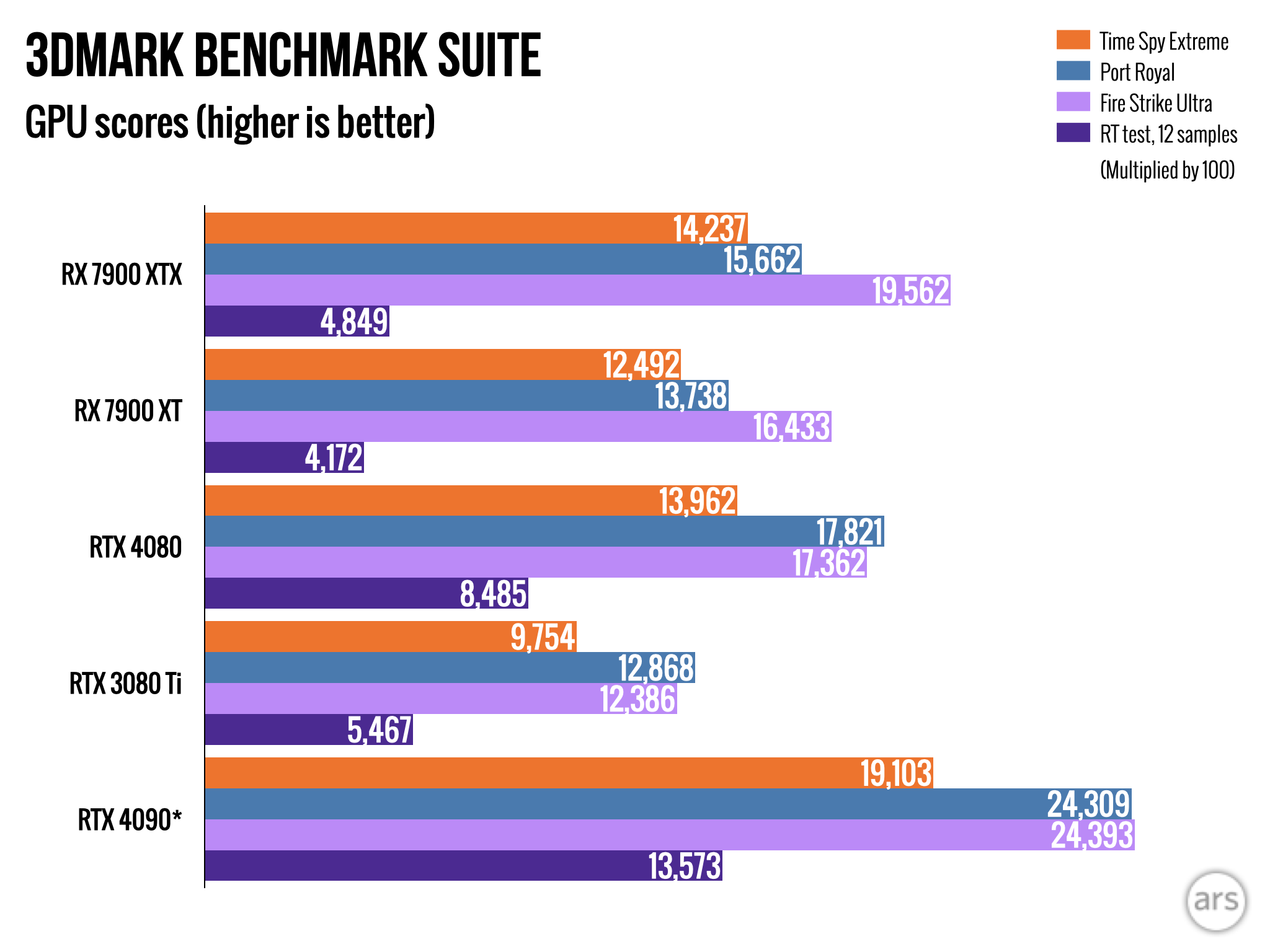
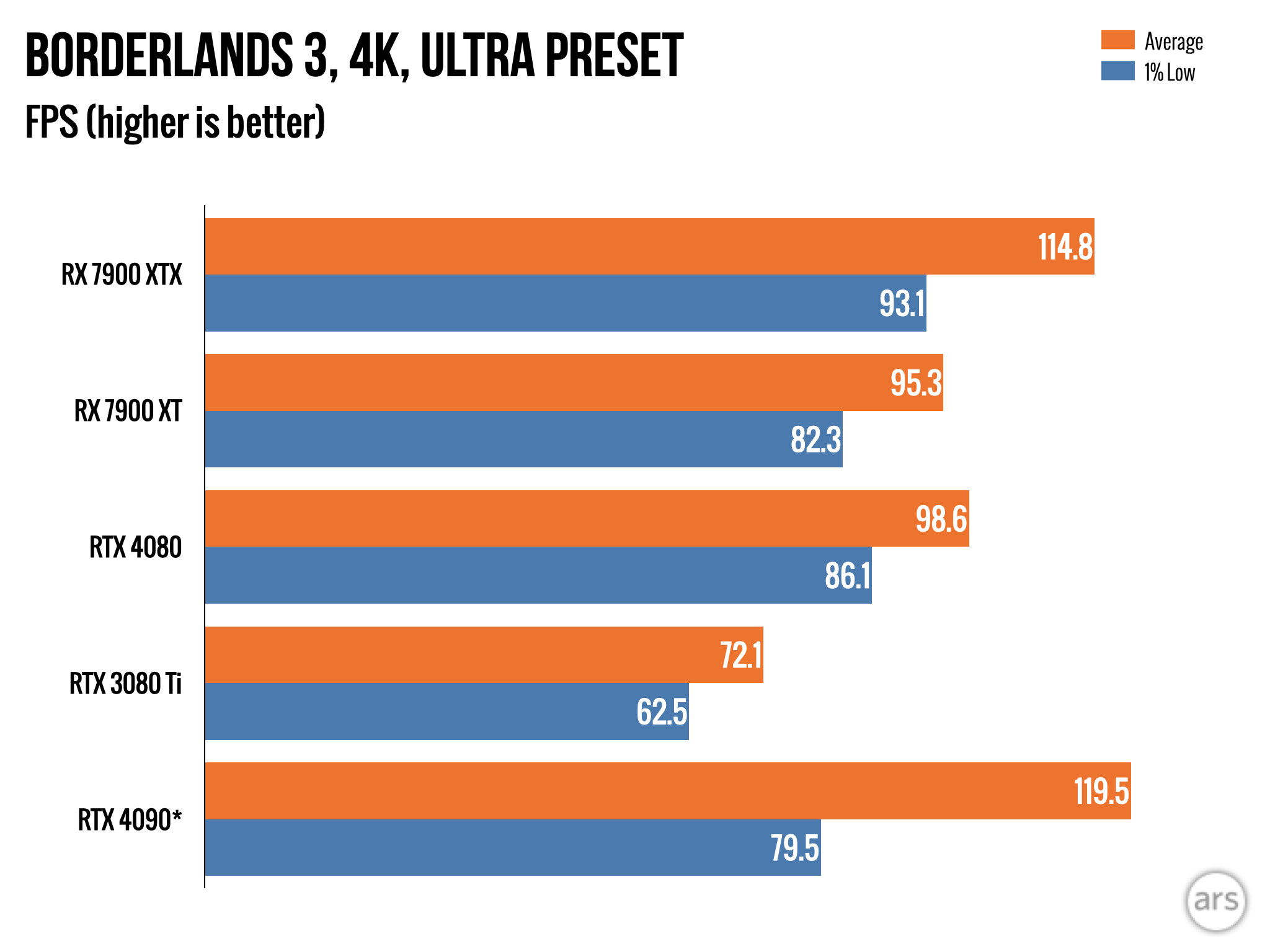
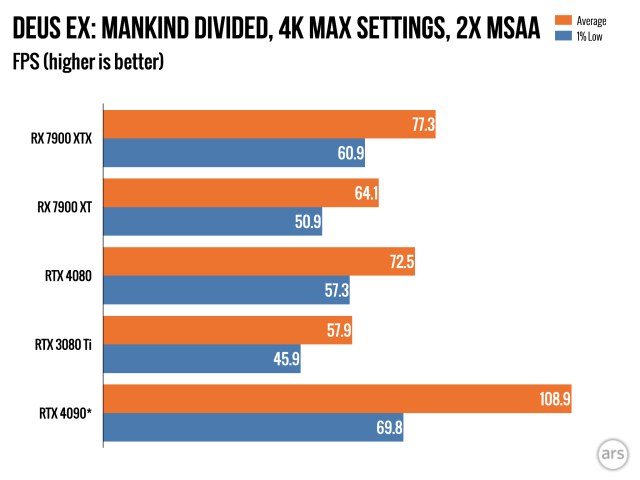
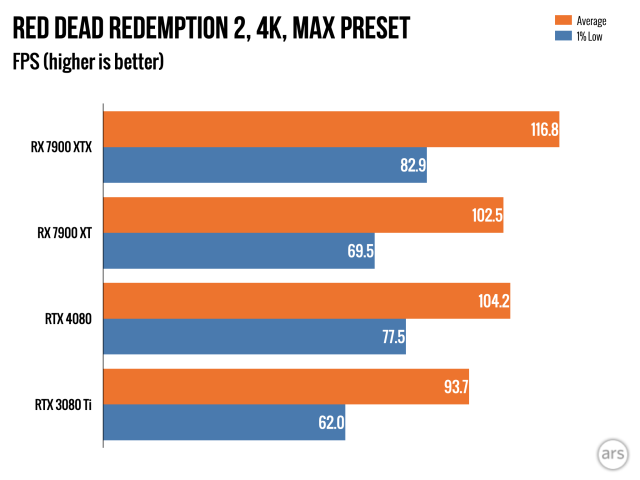
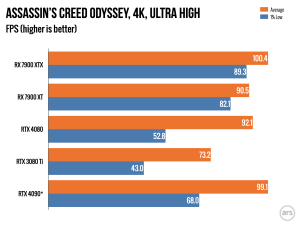
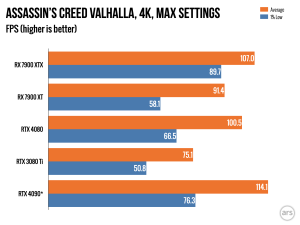
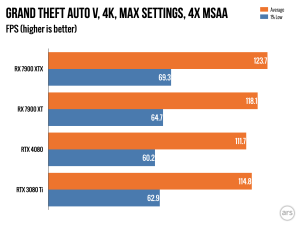
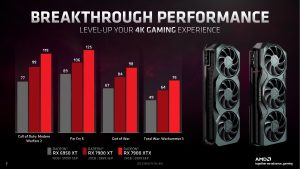
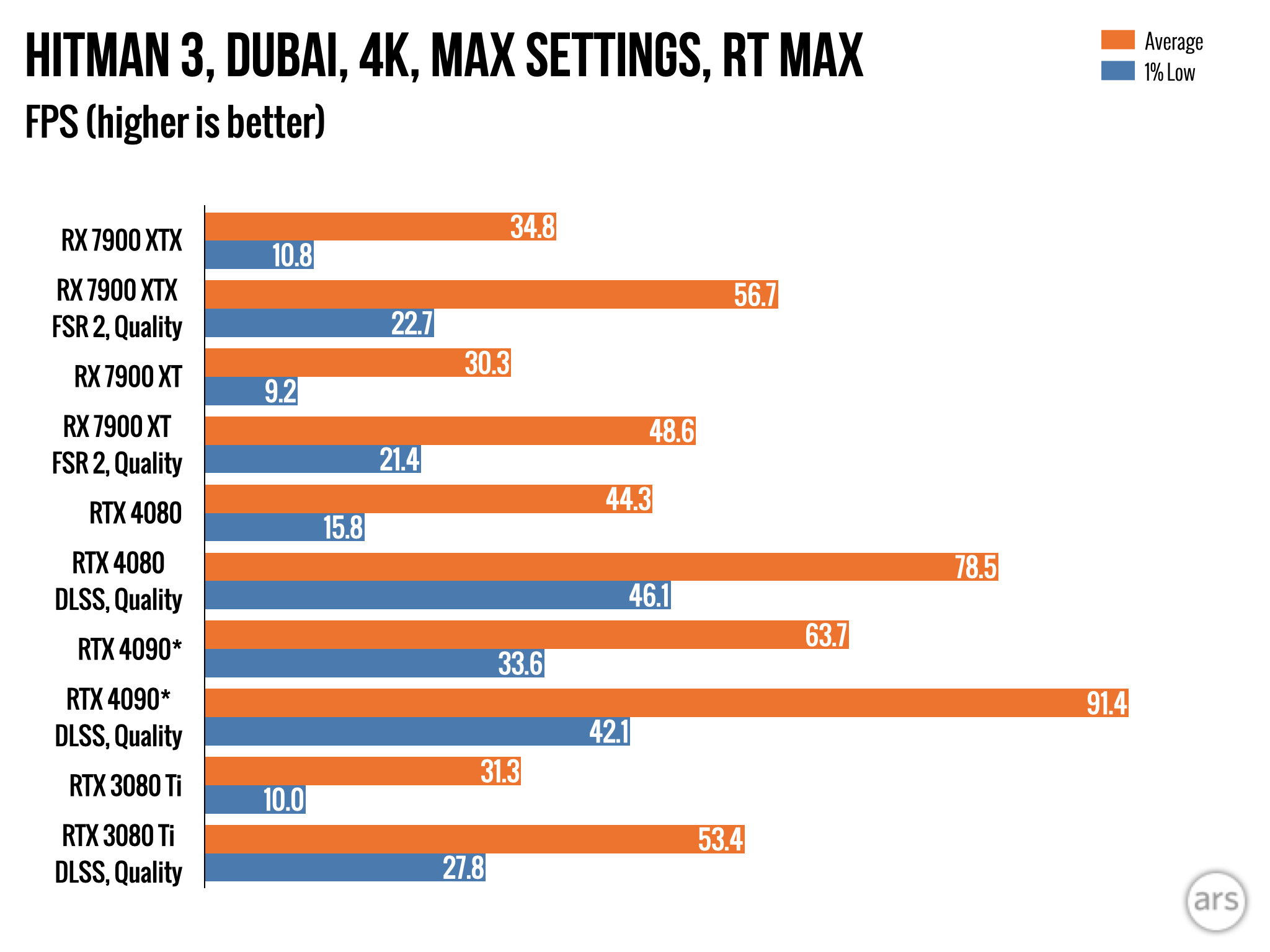
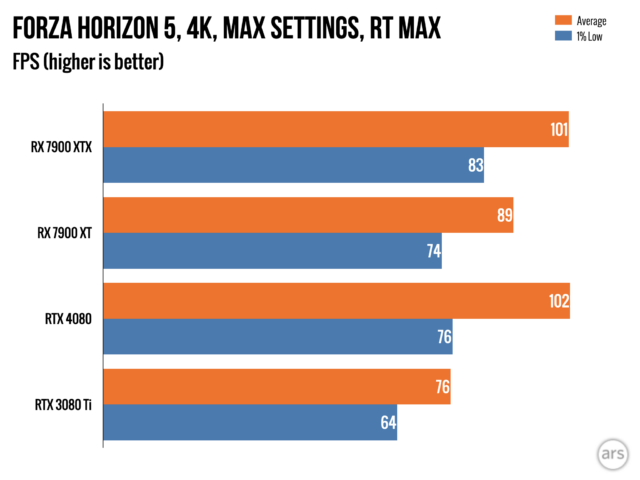
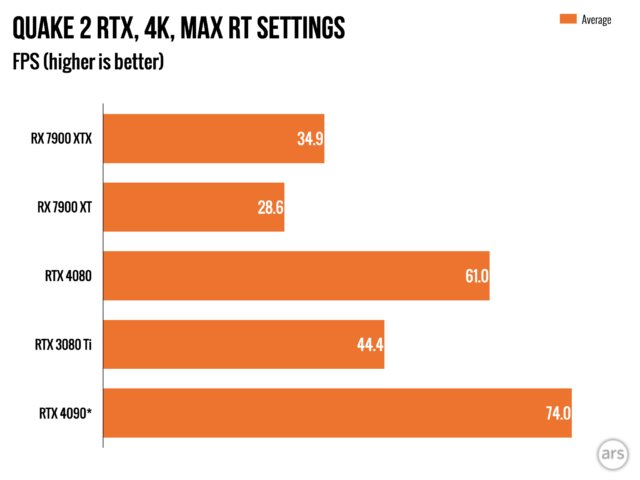
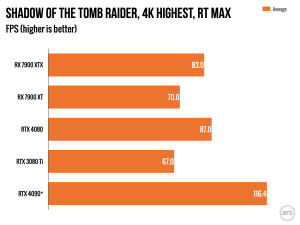
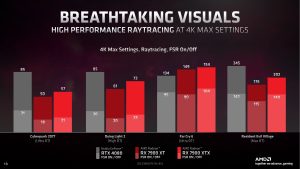
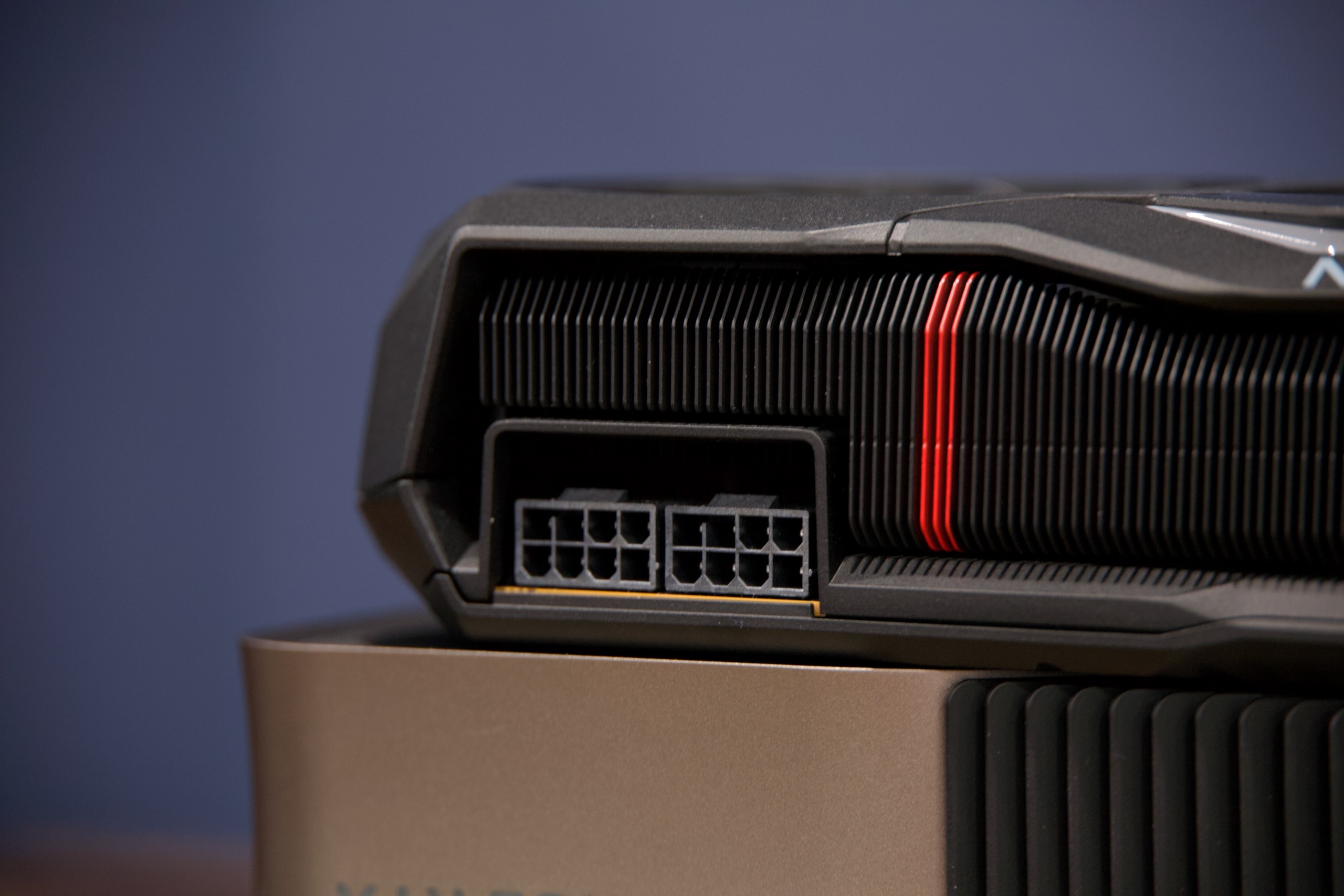

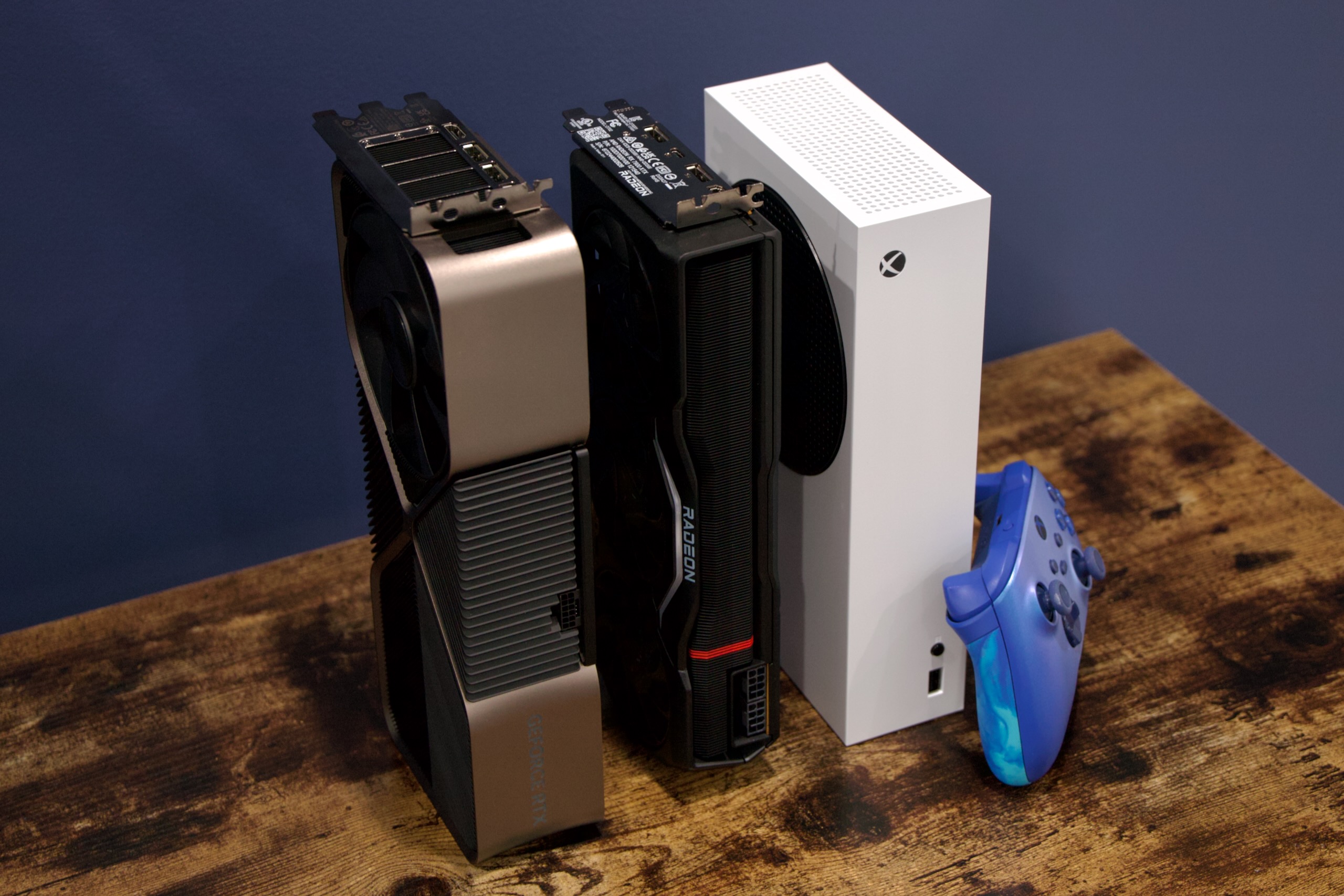
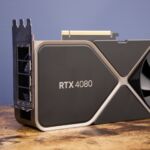
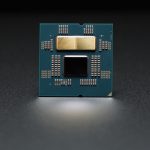


 Loading comments...
Loading comments...
